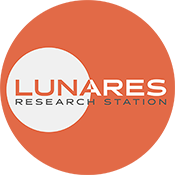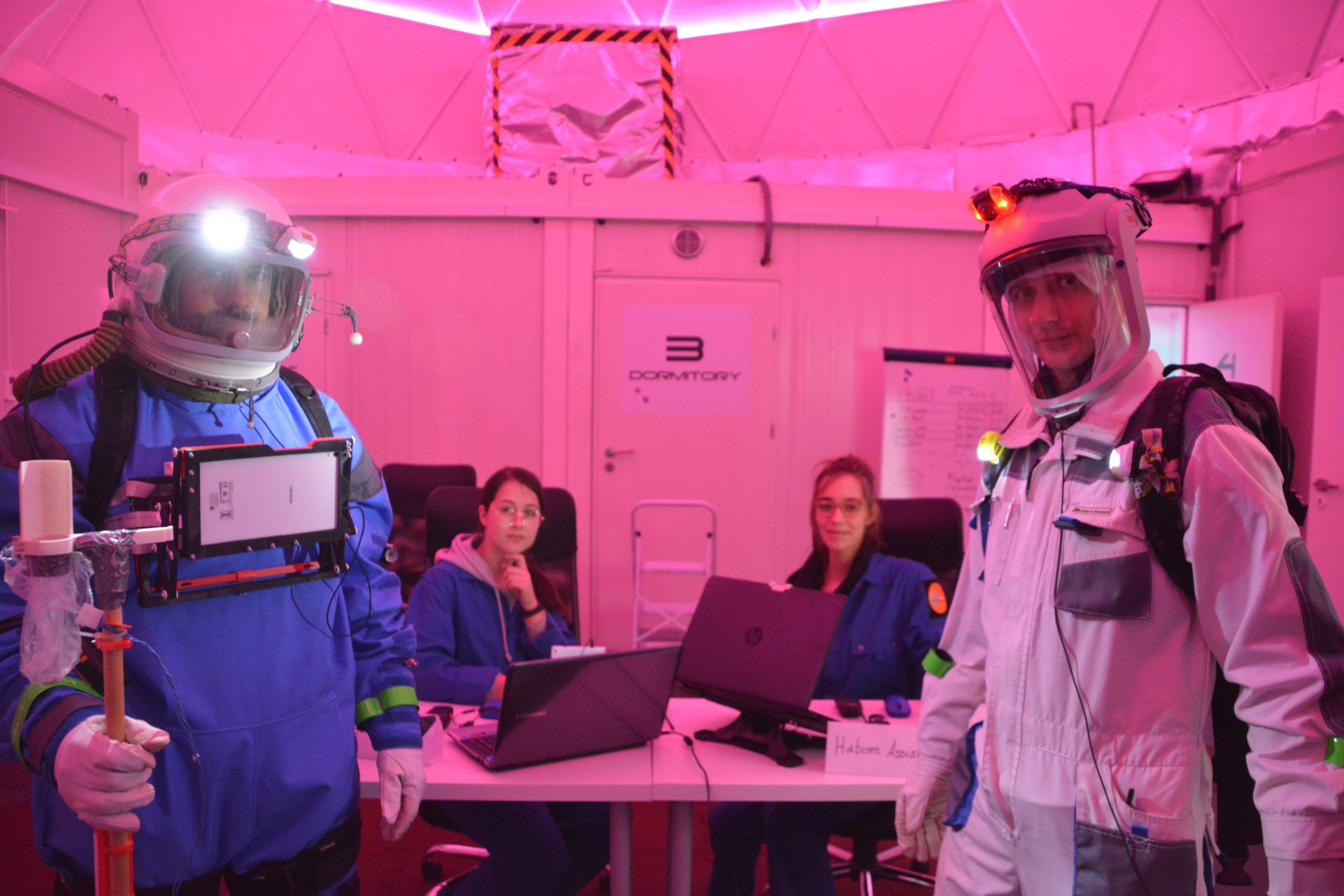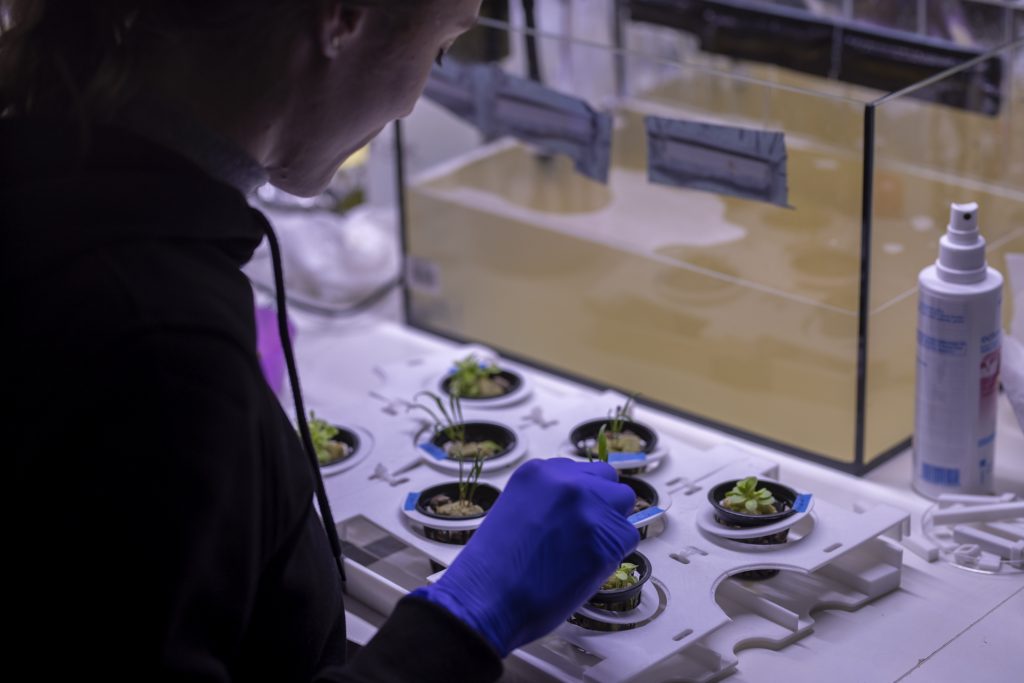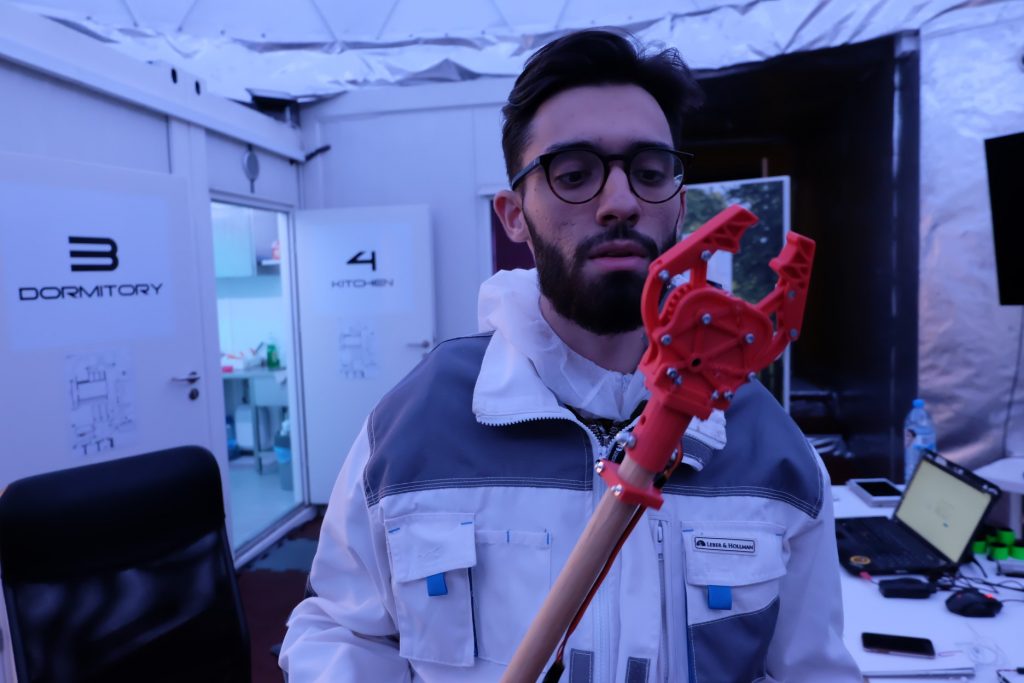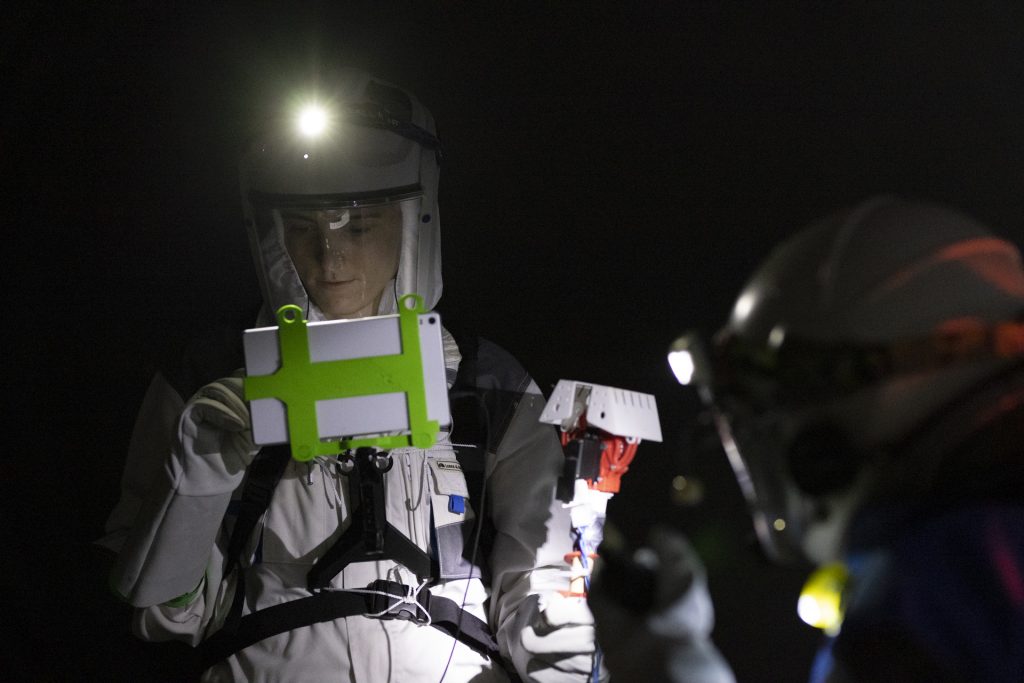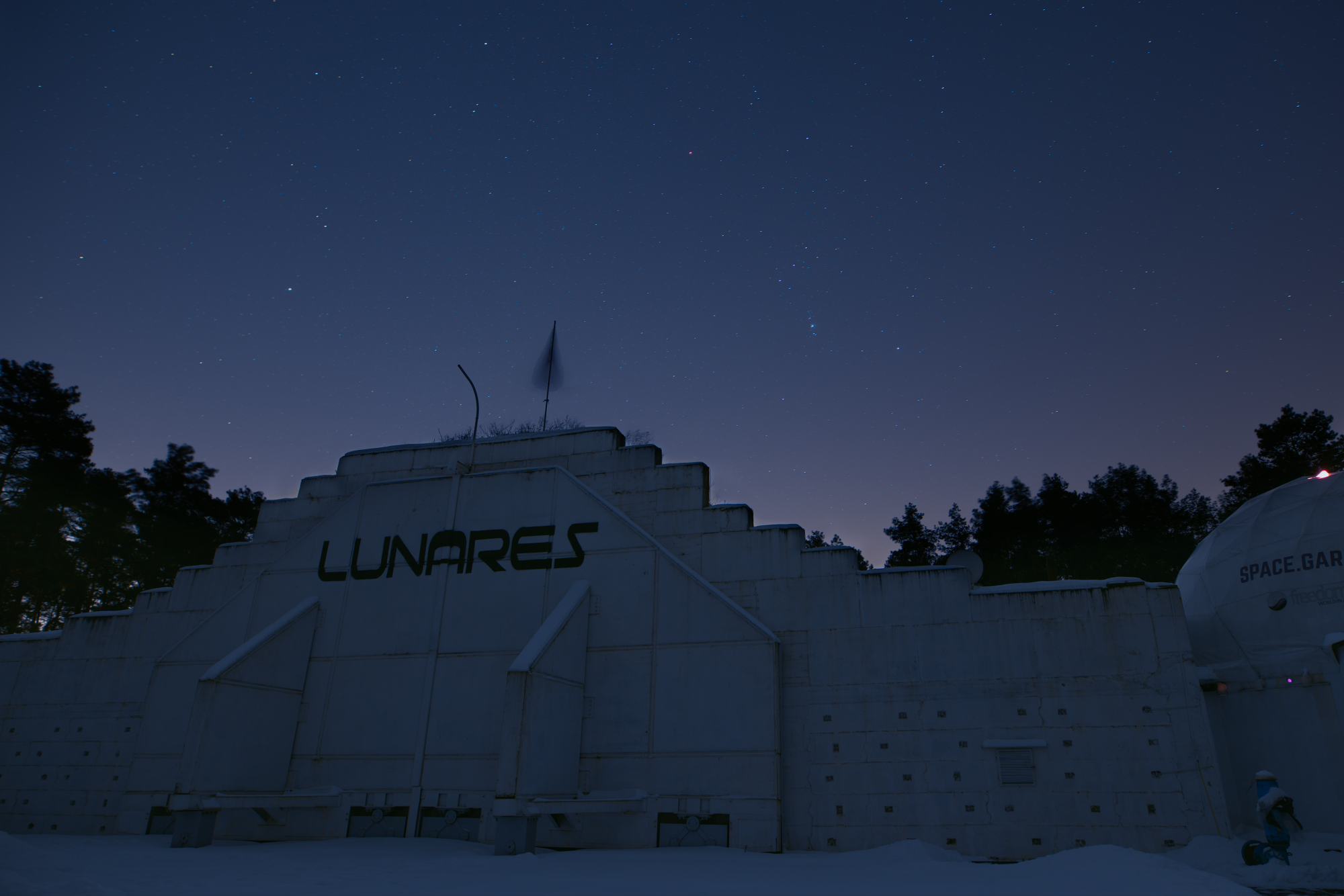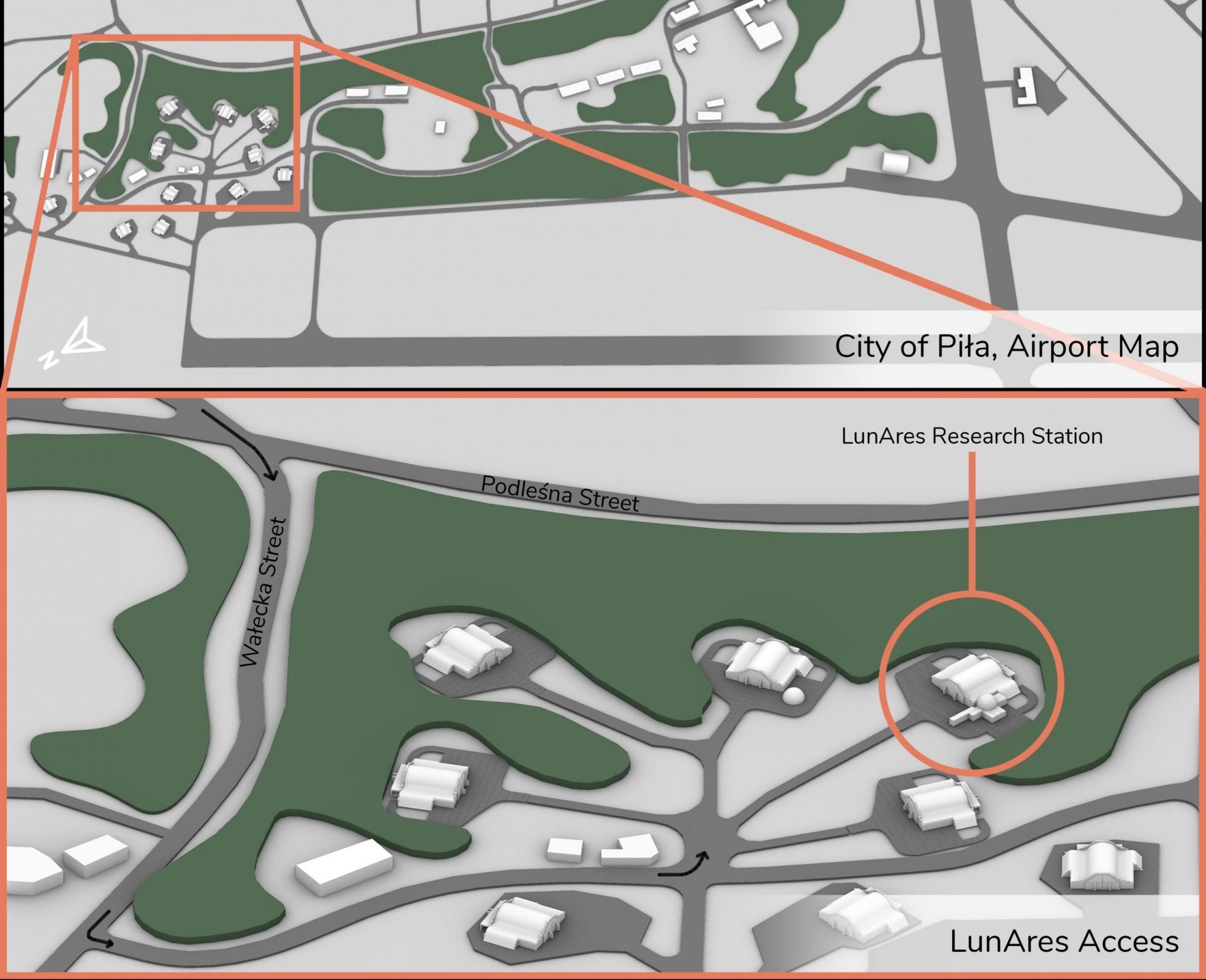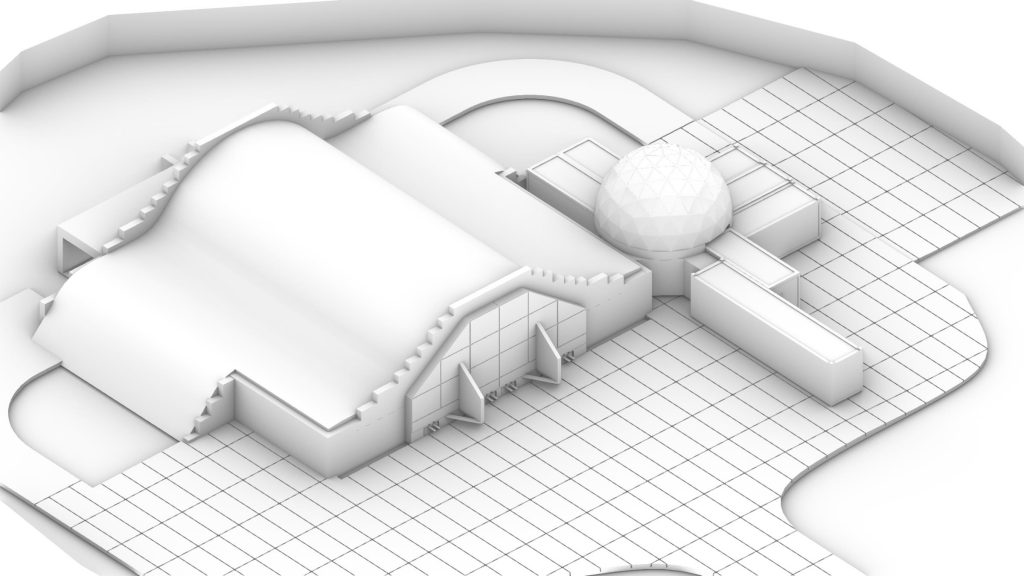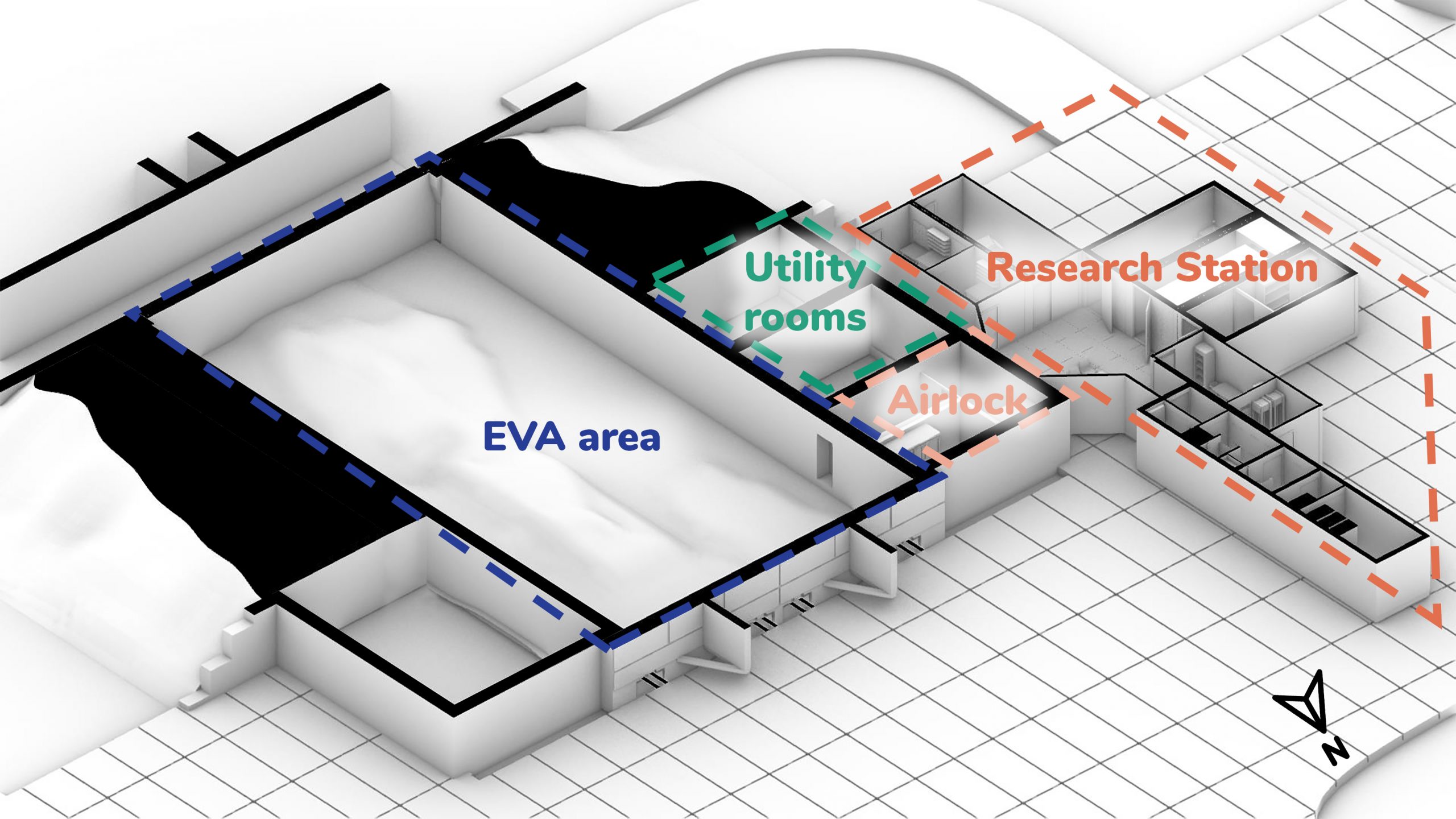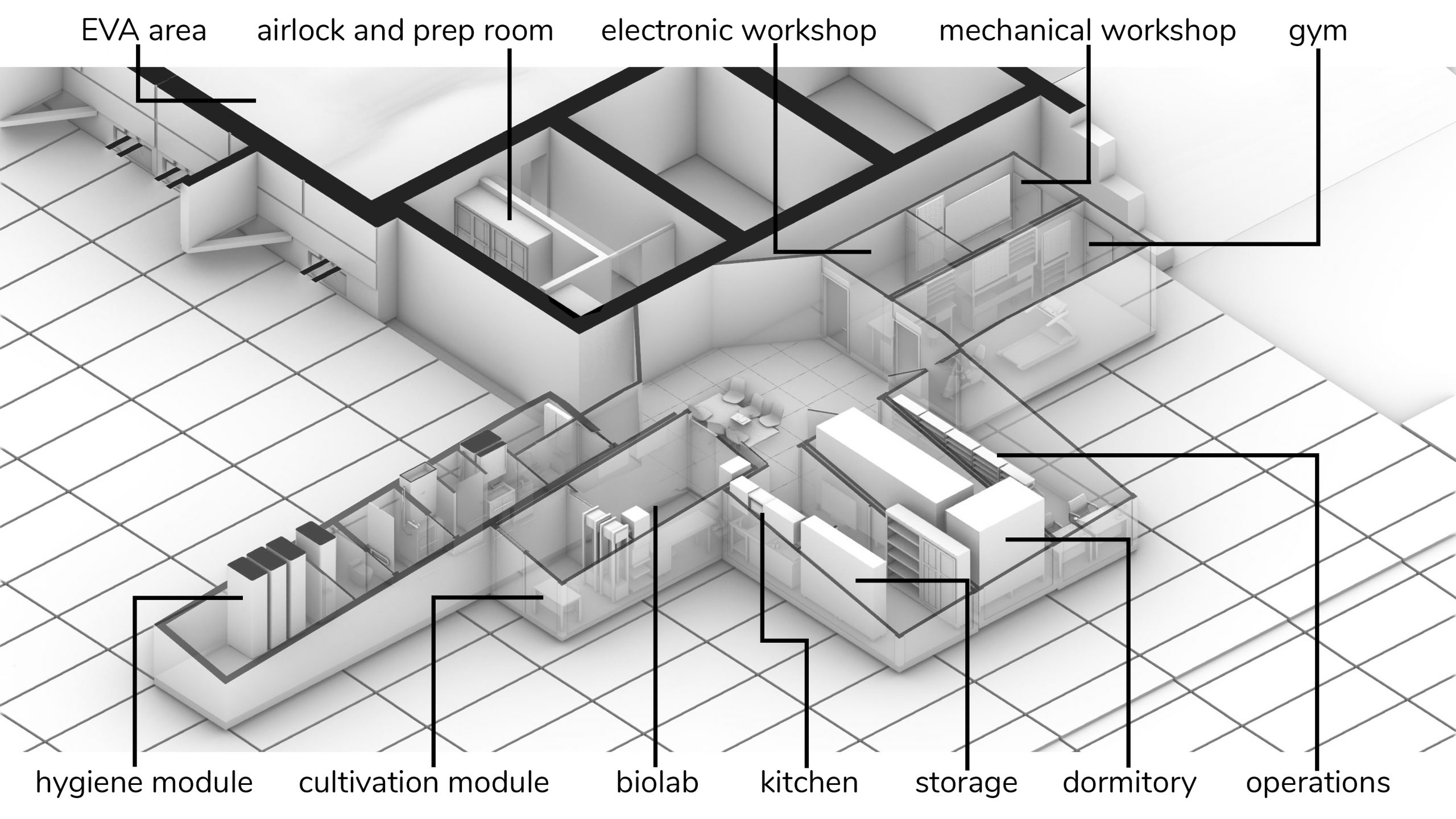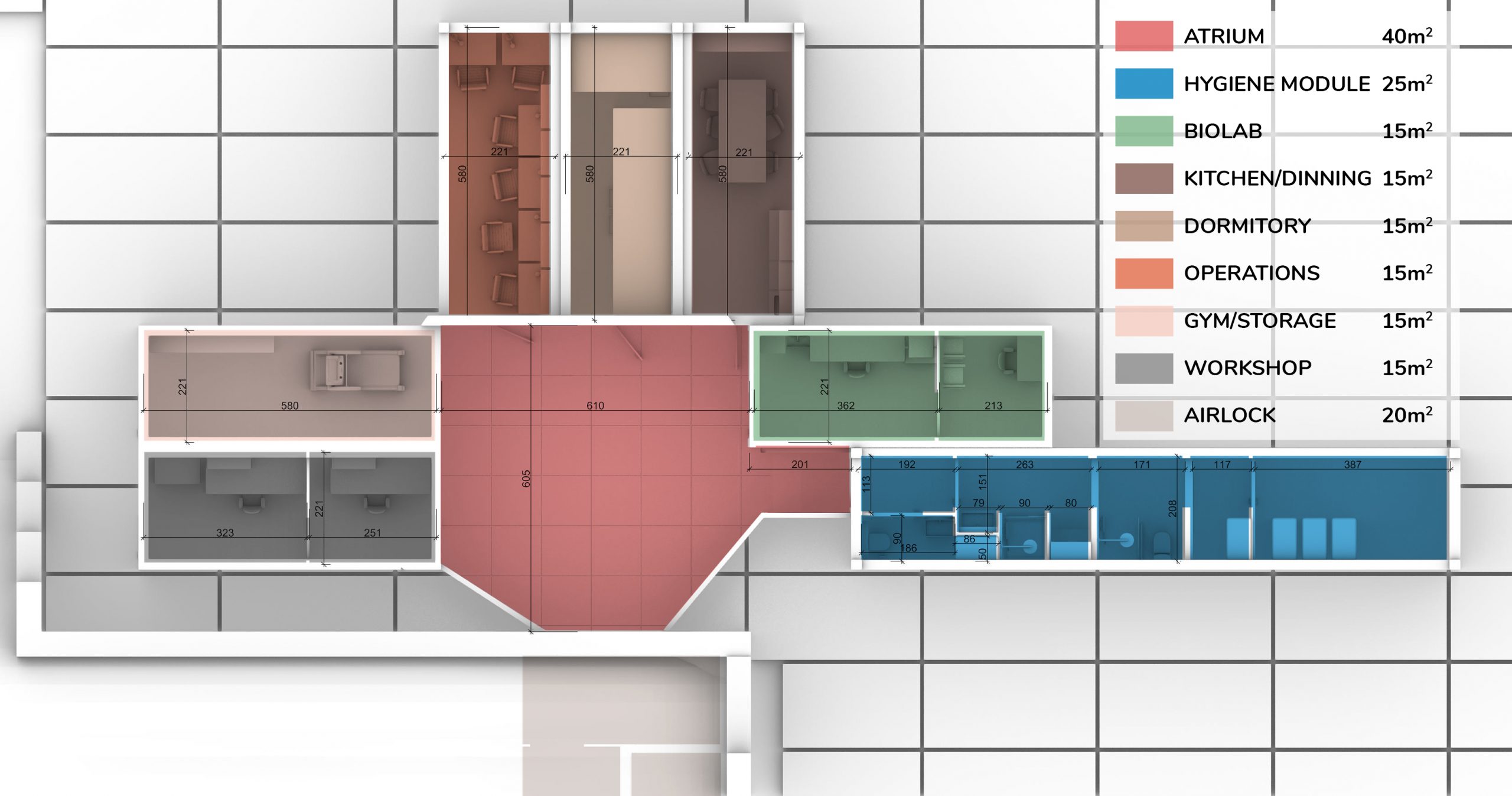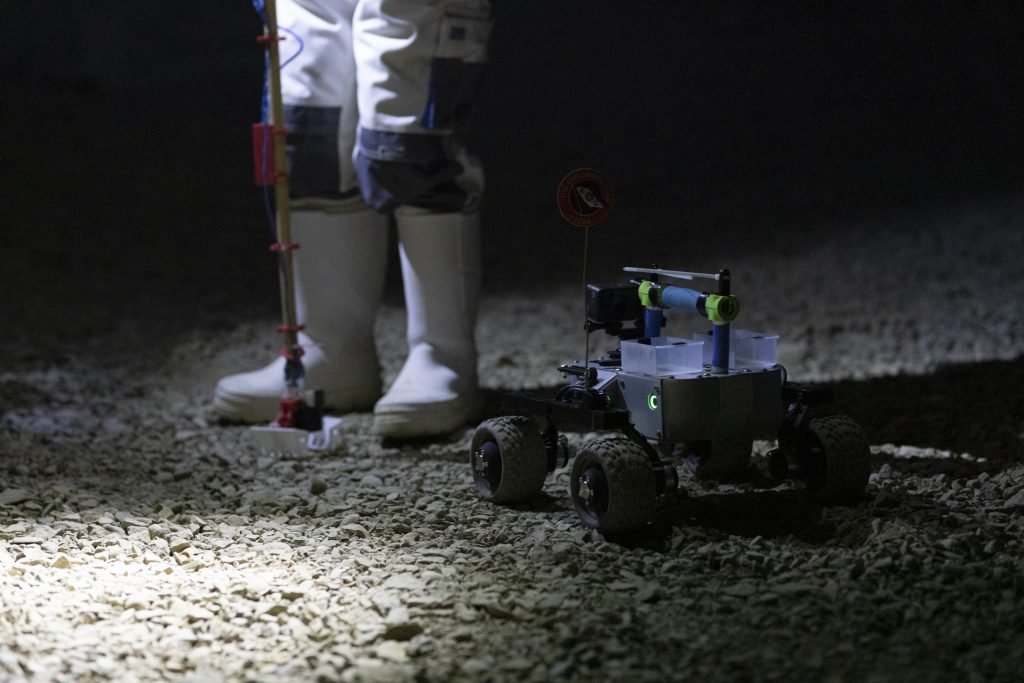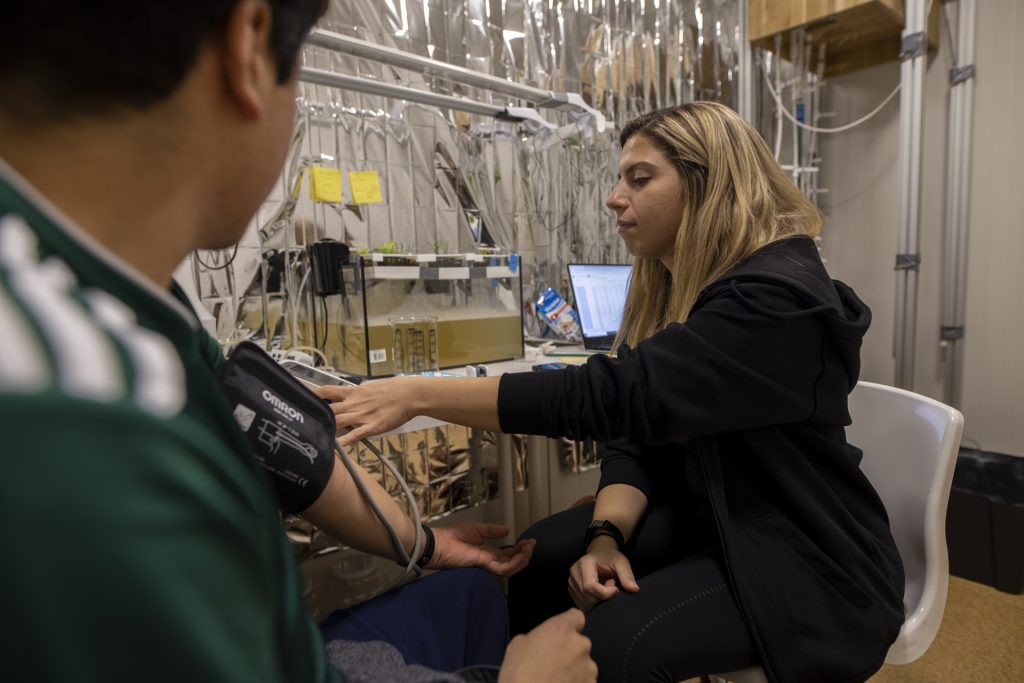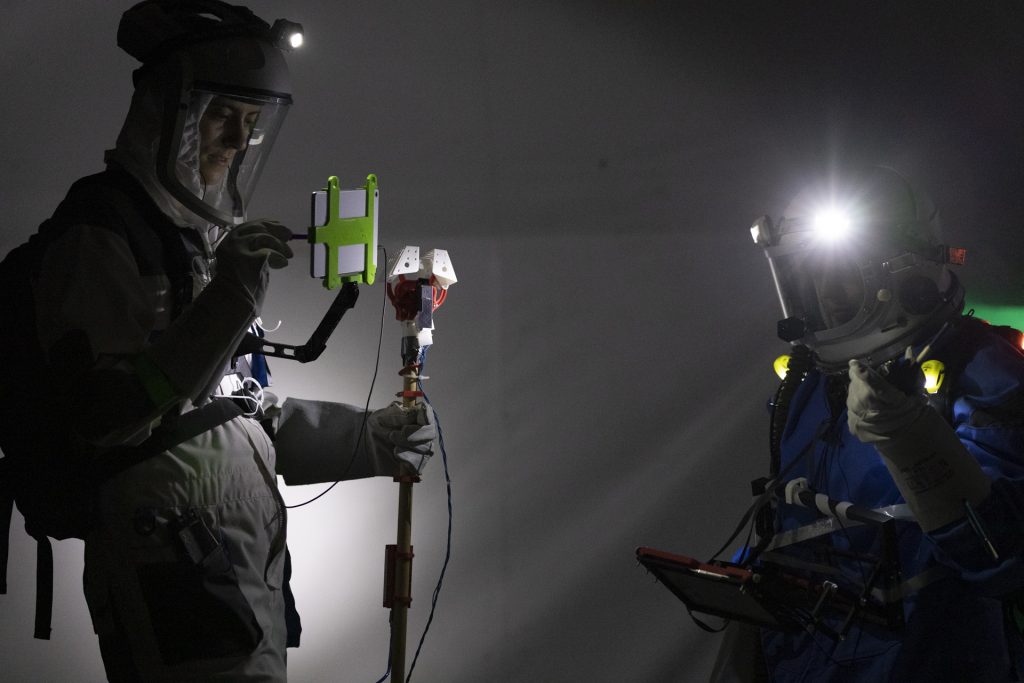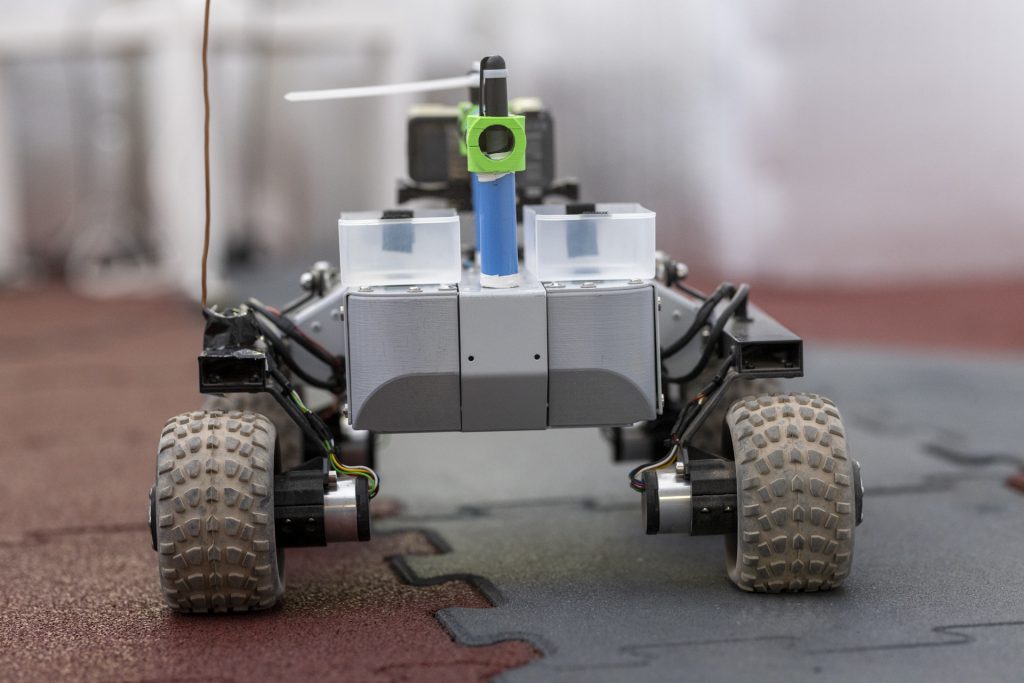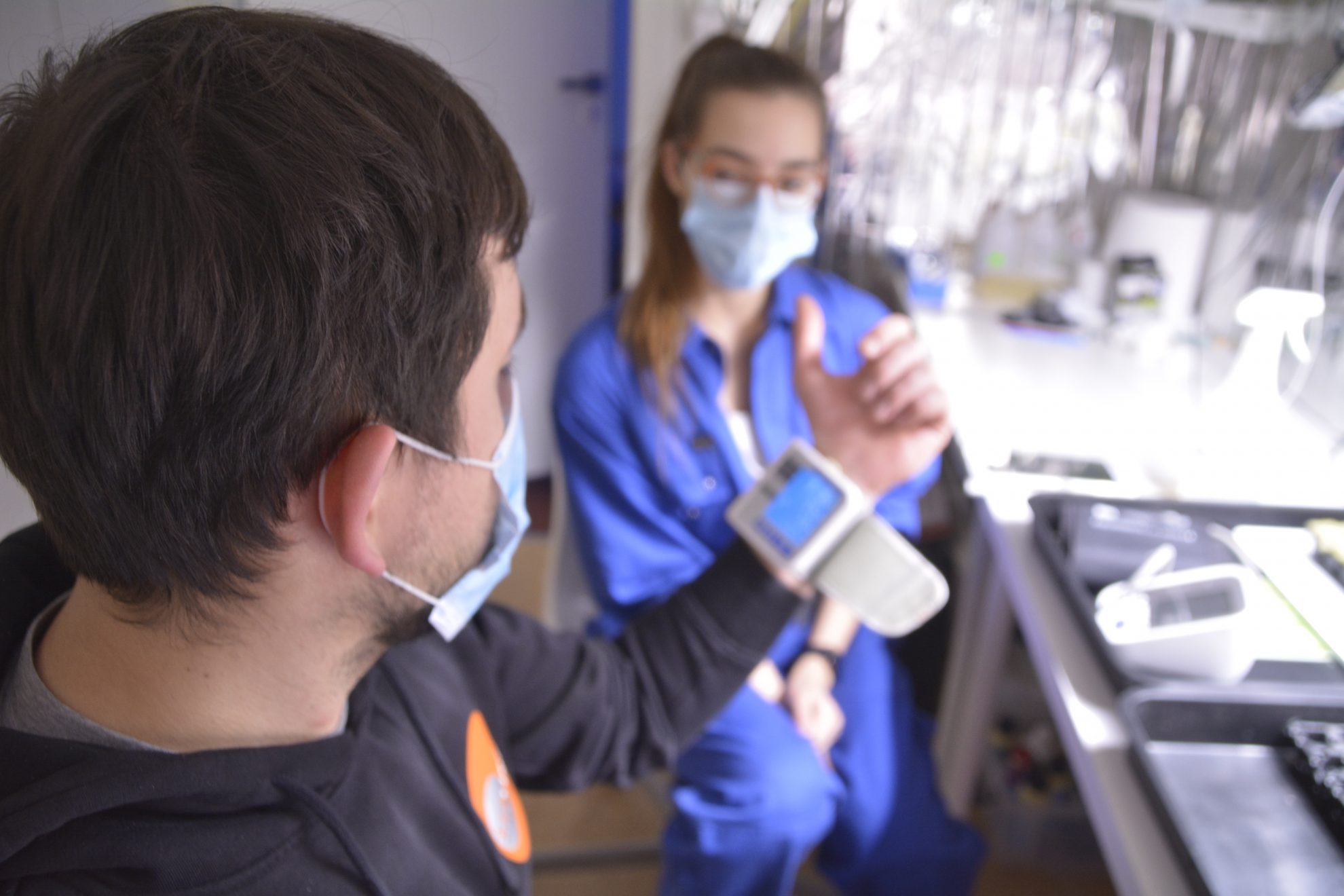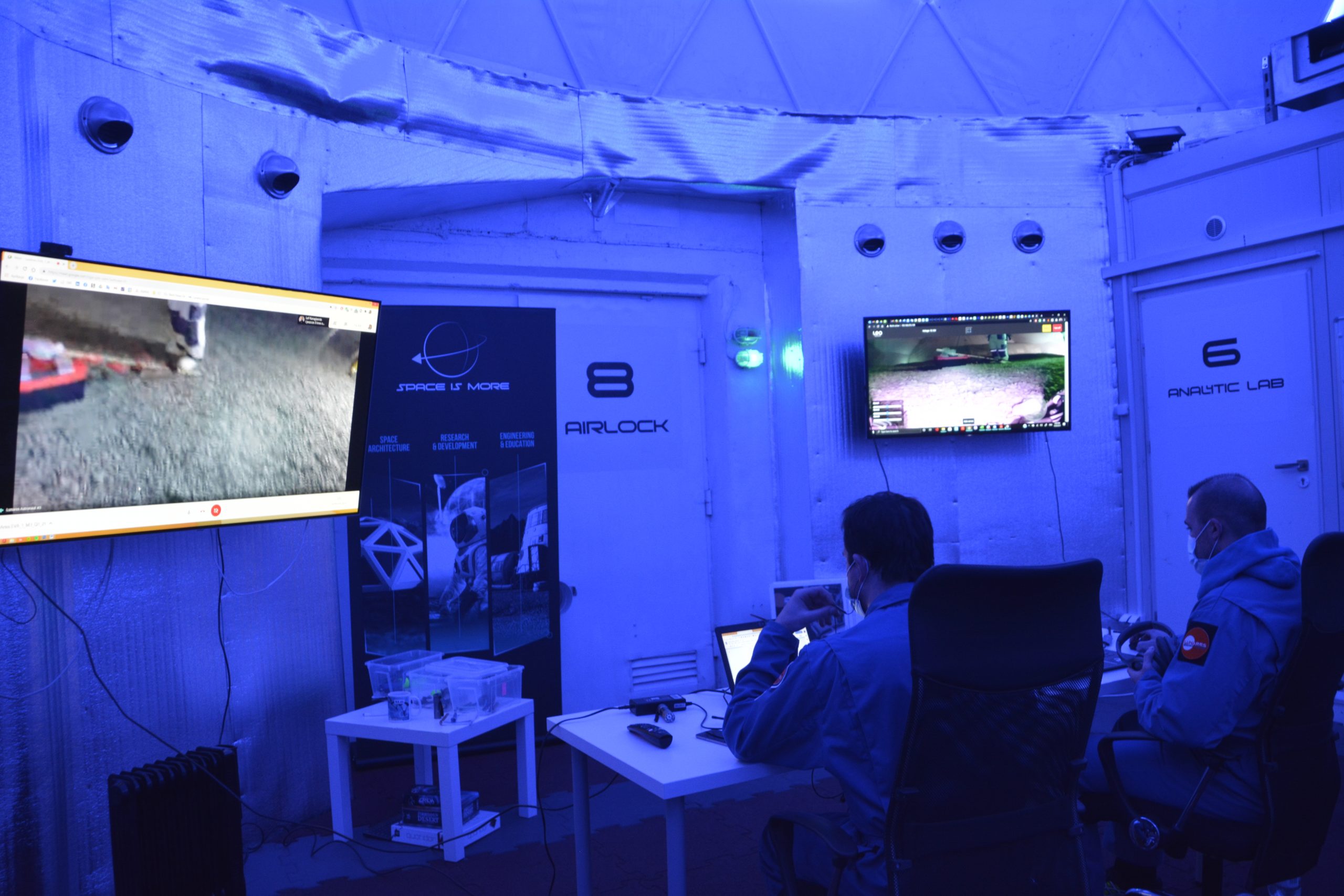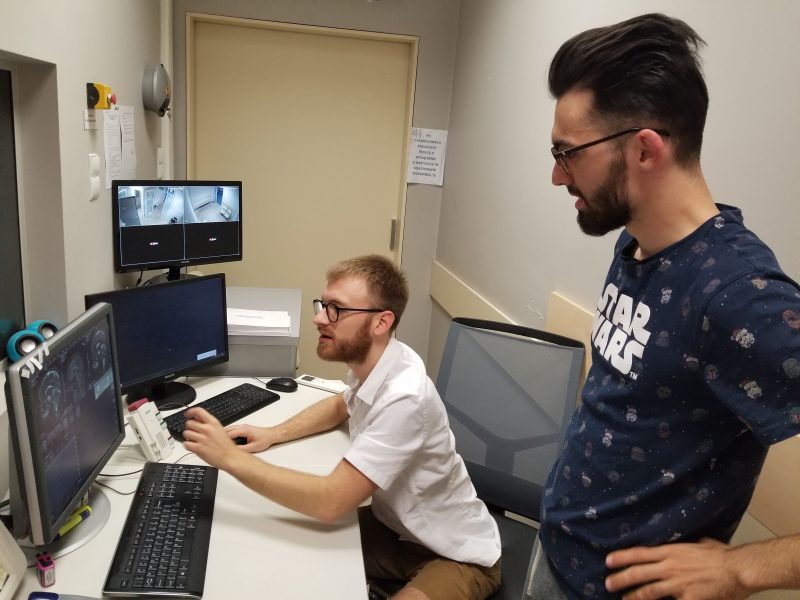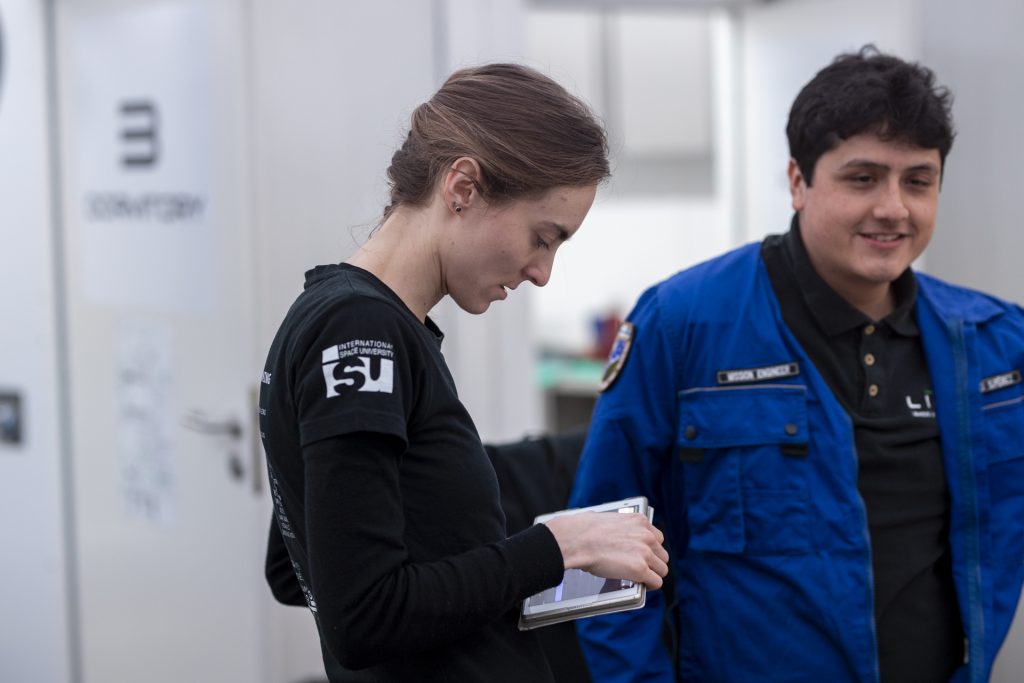What is LunAres Research Station
LunAres Research Station is an analog research station for crewed space mission simulation, located at the post-military airport in Poland. LunAres was built in 2017 and it was the first of its kind project in Europe. The facility provides full isolation, allowing for complex research on the psychological and physiological impact of long-term extra-terrestrial human presence. The station can hold a Lunar and Martian 2 weeks mission for a 6-person crew.
The general objective of LunAres is to create a research platform to support scientific and technological development in crewed space exploration. The broad range of specialists are involved in the study from fields like extreme medicine, psychology, biotechnology, robotics and engineering, sociology, architecture. The possible observation and control of the indoor environment, as well as telemetry of the crew's physical and psychological states, provide large quantities of data for complex studies.
Inside the base research focused on human factors in crewed space missions as well as testing of sustainable technologies is conducted. The base is fully isolated from the environment including 250 square meters of EVA area. The infrastructure of the station allows for constant monitoring of the health and behaviours of the crew. LunAres research station is a unique facility that can be beneficial for science, business and educational efforts.
The general objective of LunAres is to create a research platform to support scientific and technological development in crewed space exploration. The broad range of specialists are involved in the study from fields like extreme medicine, psychology, biotechnology, robotics and engineering, sociology, architecture. The possible observation and control of the indoor environment, as well as telemetry of the crew's physical and psychological states, provide large quantities of data for complex studies.
Inside the base research focused on human factors in crewed space missions as well as testing of sustainable technologies is conducted. The base is fully isolated from the environment including 250 square meters of EVA area. The infrastructure of the station allows for constant monitoring of the health and behaviours of the crew. LunAres research station is a unique facility that can be beneficial for science, business and educational efforts.
The station is located at a post-military airport in a remote area, close to the city. The current purpose of the site is educational and recreational, with access to attractions such as sailplane and paragliding flights, aerospace museum and deep-diving base. The Station for crewed space mission simulations matches the intended airport reuse strategy and brings revalorization to the area.
Infrastructure
Our station consists of two areas: Habitat, built with containers, and EVA area located in the hangar. The EVA terrain is connected to the rest of the station via an airlock. The airlock is used by astronauts to transfer in and out of the habitat during the outdoor activity simulation. LunAres provides a crew with several functions in individual modules. The organization of modules is planned in the way to provide adjacency of quite functions, requiring water supply or dirty spaces. The available modules are:
Dormitory - includes private space and personal storage to provide psychological comfort for crew members. The 2x1.2m sleeping quarters are equipped with private lighting and USB charging points.
Kitchen - equipped with basic utensils used for meals preparation and with furniture to enable group meals and social gatherings.
Gym - A daily routine such as physical activity is part of the mission factor studied in LunAres. The station provides a treadmill device as well as small accessories for individual or group training.
Sanitary module - includes all equipment required for water supply installation and personal hygiene. The sanitary ware provides the possibility of medical and biological studies on the impact of freeze-dried food diet on physical health. Additionally, the module is equipped with a water and wastewater treatment and recycling system, which can be constantly monitored and analyzed. In combination with biolab, the studies on using greywater for plant cultivation are implemented in the research scope of LunAres.
Biolab - used to perform chemical and biological experiments as well as being used to grow different kinds of food using hydroponic and aeroponic installations.
Workshop module - a place where construction activities related to minor repairs and prototyping (incl. rapid prototyping) are conducted. It consists of two spaces – Mechanical Workshop and Electronic Workshop. You can find here mechanical and electronic workbenches, basic tools, accessories and devices such as 3D-printer.
Operations - has an adjustable working station for each crew member. Research and experiments require documentation, data analysis and transfer as well as computational modelling, which take significant time. Mission schedule planning and crew group meetings in this module are supported with technical infrastructure.
Atrium - space is covered with a dome structure creating a large open space. The module is multifunctional and provides access to every other module and exterior. Space can be used for various group activities such as meetings, exercise, relaxing, group tasks solving and EVA’s HabCom operation.
We are happy to use the post-military hangar for such a peaceful and international purpose. It is built inside a nuclear bunker hangar used to store SU-22 fighter-bomber ready for takeoff. The opportunity of reusing this abandoned facility provided us with the unique possibility of organizing fully isolated EVA simulations. The outdoor tasks are executed inside the hangar, therefore, the crew members do not experience a familiar terrestrial environment. The EVA area can be controlled when it comes to scenario (day-time or night-time) or terrain conditions and characteristics. The hangar terrain is filled with diverse basaltic and silicic material, with grain sizing varying from very fine sand to cobble. Such diversity is sufficient for our interest in analog astronauts tools and accessories prototyping.
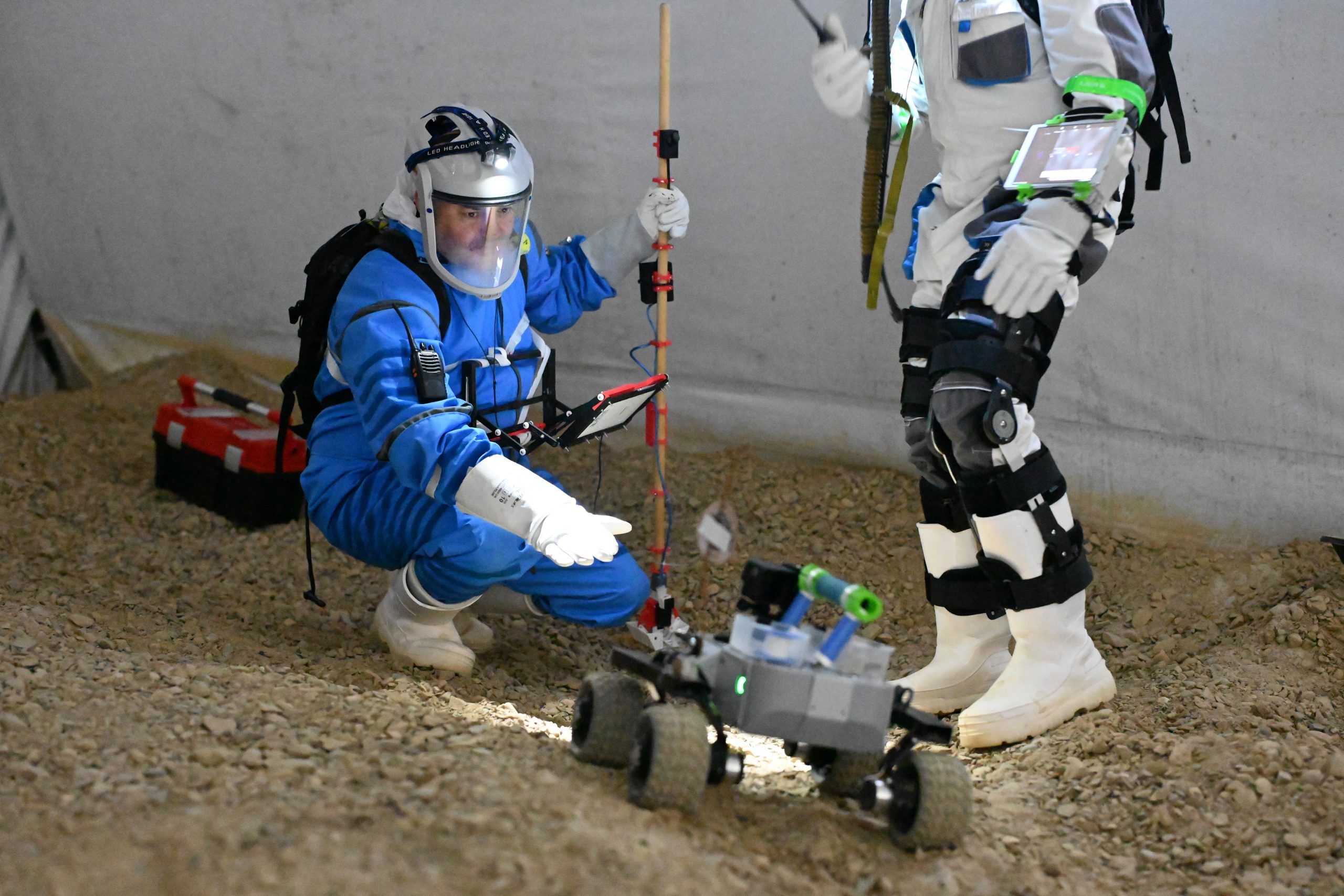
EVA area, Orpheus Mission, © Marcin Baraniecki
Research
LunAres provides space and environment for various experiments investigating human factors in space and isolated habitat as well as for R&D projects designing technologies that could provide survival and mission objectives realization. The research regarding human factors is focusing on the impact of isolation and mission conditions on the psychological and physiological health of a crew. The management team is supporting researchers with big data gathering during each mission. The LunAres data includes basic human telemetry, interior conditions and mission scenario (schedule, training, diet, routines). The station can provide researchers with the same conditions during the missions to be able to conduct long-term studies and gather large, statistical data.
The technologies development and testing concern EVA simulation, station's self-sufficiency studies and IoT LunAres system. The EVA campaign is focusing on prototyping accessories and tools to provide analog astronauts or researchers with accurate and complex simulation. The self-sufficiency studies are related to the topic of resources responsible in-situ management and reuse. Currently, the research scope includes water and wastewater usage investigation, electric power consumption limitation, soilless plant cultivation. The objective for resources management is to reach self-sufficiency as an off-grid station.
The technologies development and testing concern EVA simulation, station's self-sufficiency studies and IoT LunAres system. The EVA campaign is focusing on prototyping accessories and tools to provide analog astronauts or researchers with accurate and complex simulation. The self-sufficiency studies are related to the topic of resources responsible in-situ management and reuse. Currently, the research scope includes water and wastewater usage investigation, electric power consumption limitation, soilless plant cultivation. The objective for resources management is to reach self-sufficiency as an off-grid station.
